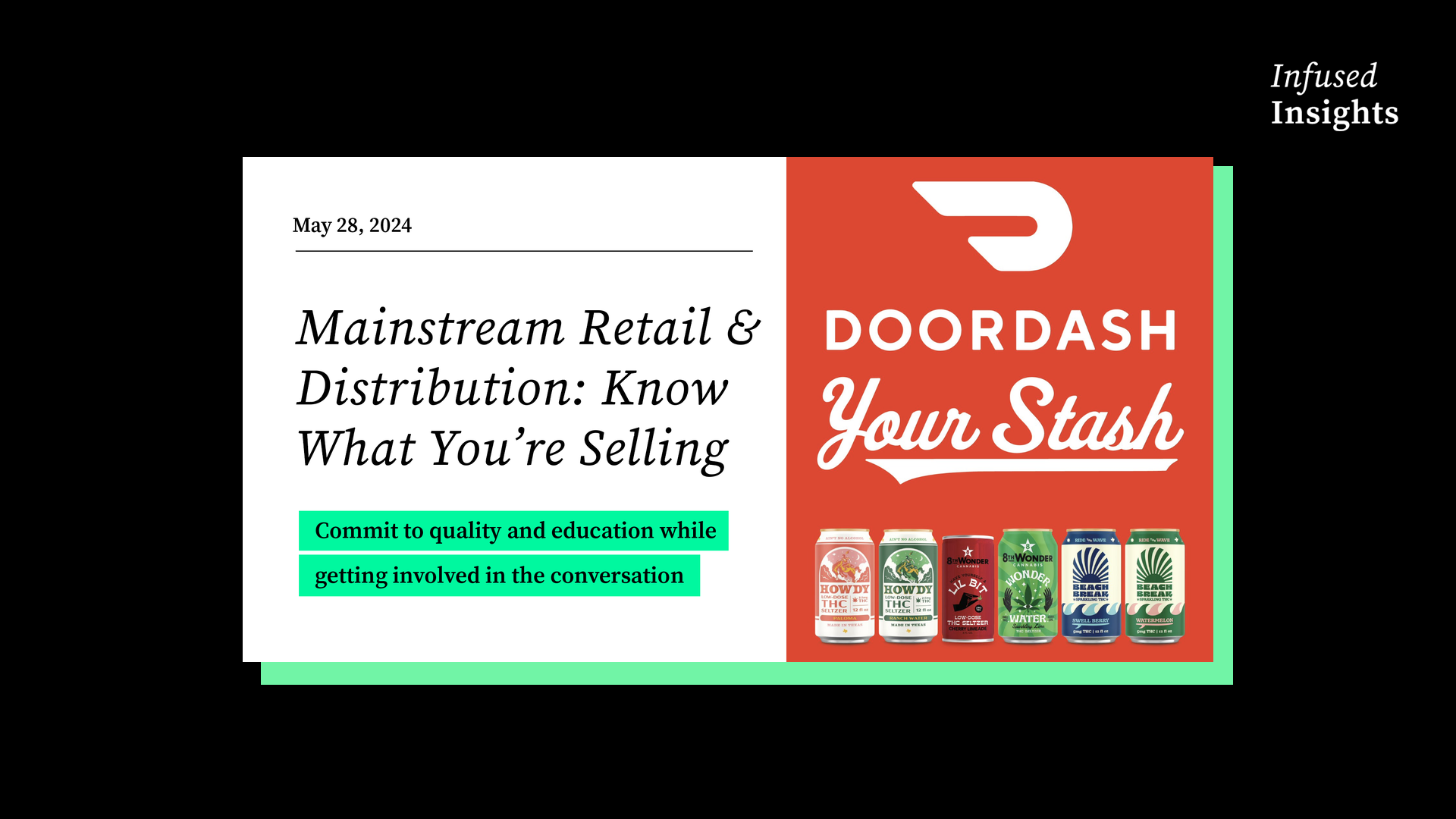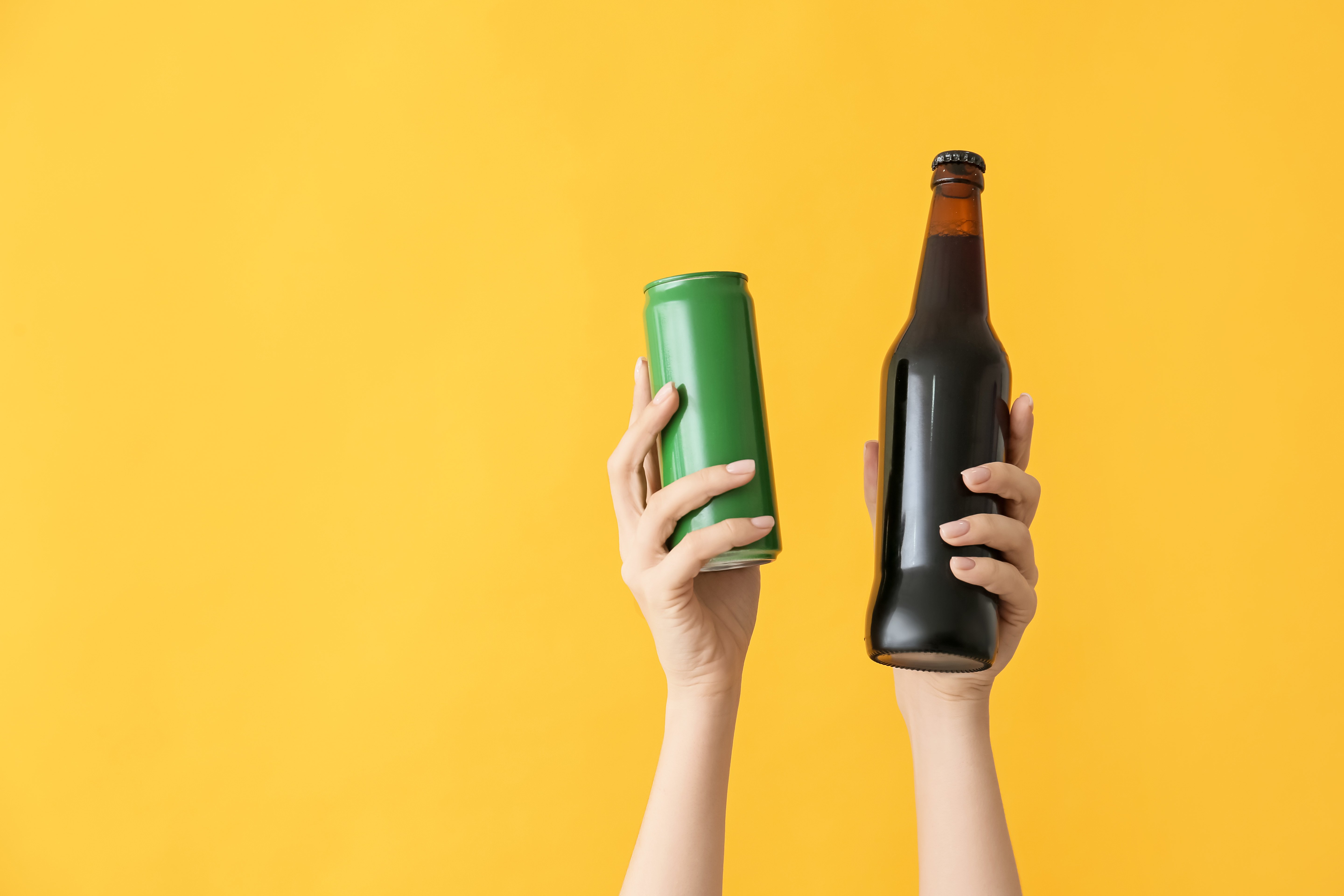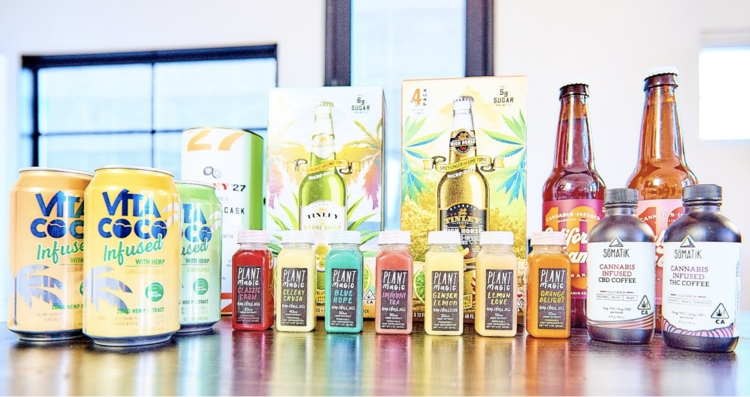The Buzz About Expo West, the Super Bowl of Food
This post originally appeared on Ben's LinkedIn Newsletter, Infused Insights. You can read and leave comments here.
Last Updated: 6/10/24
Disclaimer: This blog article is not intended to be legal advice. Nor is it meant to encapsulate the entirety of Hemp or Cannabis labeling restrictions, especially where individual state mandates are concerned. It is meant to present an overview of labeling regulations and their importance. It offers certain considerations that may benefit the designer or creator of a Hemp-CBD or Cannabis label.
At Vertosa, we have the pleasure of working with an extremely diverse range of product manufacturers and brands. However, a common question on the minds of most of our clients is, “How can I legally and effectively label my products in this industry?” In order for a beverage manufacturer to get their product to market for consumers, they need to make sure their label meets applicable guidelines. Please read on for an initial labeling checklist to get you started.
The FDA’s Code of Federal Regulations (CFR) contains the guidance needed to identify the labeling requirements for different categories of products (independent of cannabis and hemp). It’s essential to identify to which category your product belongs in order to follow the appropriate CFR’s. These categories include food, beverages, dietary supplements, and cosmetic products. Here are some essential resources from the FDA to get you started on category labeling:
21 CFR Part 101 – Food Labeling
FDA Guidance for Industry: Food Labeling Guide
Dietary Supplement Labeling Guide
21 CFR Part 701 – Cosmetic Labeling
Cosmetics Labeling Guide
Manufacturers creating infused products in states with legal marijuana markets will need to ensure they are aware of their state-specific labelling regulations. Please refer to specific regulations for each state in which you will be selling for guidance on product labeling.
The FDA has not provided standards or regulations for hemp-derived products containing CBD or other cannabinoids, and accordingly has not issued any associated labeling guidelines. While the FDA so far has been lenient on any enforcement of products containing CBD, they have given warning letters to companies making unsubstantiated health claims such as “relieves pain and inflammation,” a “treatment for opioid addiction,” “reduces anxiety,” and “prevents arthritis.” While it is in your best interest to consult with your legal team on any claims or testimonials on your label, it is especially important to avoid making health claims. Please refer to FDA’s page on cannabis products for the most recent FDA stance:
FDA: Cannabis-derived products including CBD
The following list is not intended to be exhaustive, but it identifies what should be included on all labels at a minimum:
In addition to product category labeling requirements, it is advised to include the following for mention of active ingredients in hemp-derived CBD/other cannabinoid products:
Consumers use our wordmark to identify products that can be trusted to deliver a consistent and predictable experience. “Infused by Vertosa” logos can be added to the back panel of your product label underneath the nutrition fact panel or next to the co-manufacturers image.
There are a plethora of labeling experts and consultants out there who are highly specialized. Here are a couple that might be helpful for you:
EAS Consulting Group – well known in the dietary supplement industry. They now provide cannabis services
https://easconsultinggroup.com/services/cannabis/
Prime Label Consultants – well known in the food industry
https://www.primelabel.com/index.html
While a seemingly small step in the process, labeling definitely comes with some strict and specific requirements that simply cannot be overlooked. We hope you find some value in this information and look forward to getting your correctly-labeled infused products on the shelf soon.
For more information about getting infused and the important steps along the way, click the button below!

This post originally appeared on Ben's LinkedIn Newsletter, Infused Insights. You can read and leave comments here.

This post originally appeared on Ben's LinkedIn Newsletter, Infused Insights. You can read and leave comments here. {% video_player "embed_player"...

This post originally appears on Cannabis Drinks Expo blog, October 2021.
